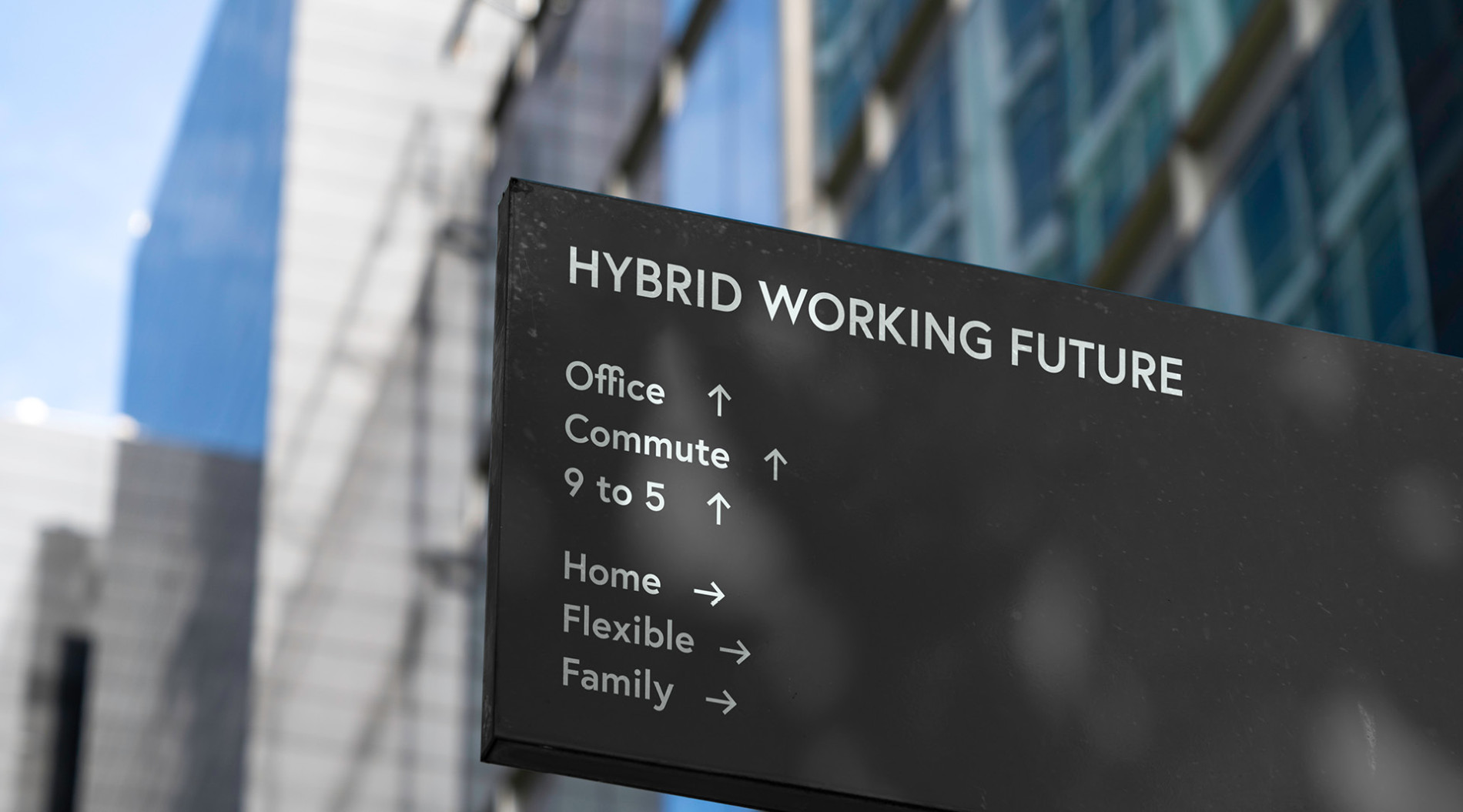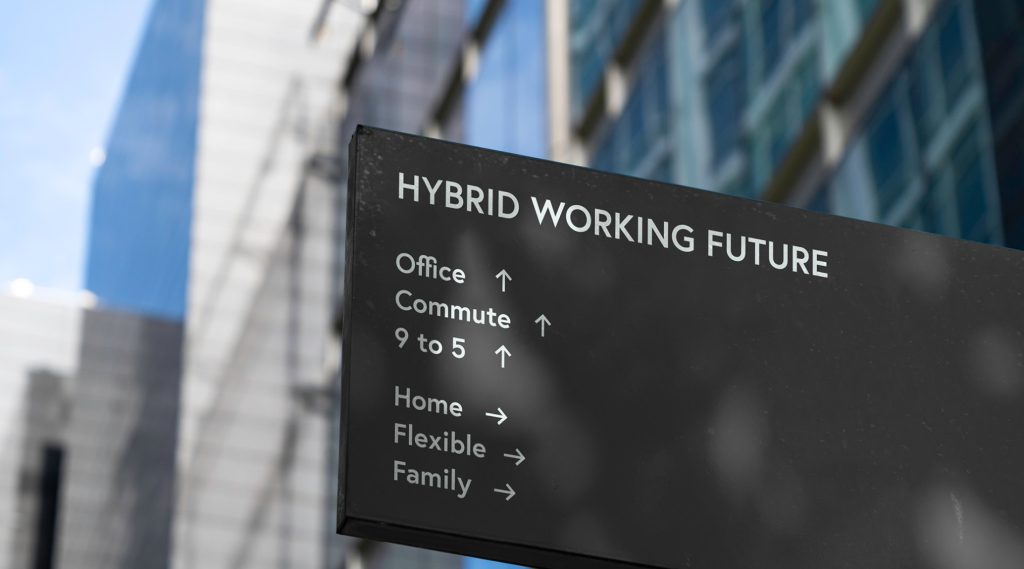Preventing Quiet Quitters: Strategies for Recognising and Addressing Early Warning Signs
About three-quarters of your workforce could be so disengaged that they are merely serving time.
Although they haven’t officially resigned, they are Quiet Quitters.
A recent Gallup survey found that ‘people who do the minimum required and are psychologically detached from their job’ described half the US workforce, and an alarming 77% of the workforce in Australia. In particular, employees aged under 35 have become increasingly disengaged since the pandemic.
Many of these Quiet Quitters are likely to resign eventually due to unaddressed issues, leaving their employers with the significant costs of attrition – hiring, onboarding and training. But Gallup also makes the point that having an organisation full of Quiet Quitters who remain could be even worse than dealing with actual resignations, given the extra burden it places on their more committed colleagues. Team morale and productivity are likely to plummet, threatening organisational success.
It’s therefore vital to understand the causes of Quiet Quitting and recognise the early warning signs of its presence in your workforce. This will allow you to adopt strategies to address the underlying issues, turn the situation around, and prevent serious employee attrition.
What causes Quiet Quitting?
The motivation behind Quiet Quitters can be quite varied. They may feel frustrated, undervalued or disillusioned because their skills, passions or interests are misaligned with their job responsibilities. Perhaps they don’t get regular feedback and acknowledgement from their manager. Introverts might retreat and disengage if they are forced to work in an open-plan environment that emphasises teamwork and constant collaboration.
An absence of clear career progression or opportunities for advancement can also make employees feel apathetic. If they don’t see a future with the company, they might emotionally resign long before they officially do. Others might be suffering from overwork or burnout, or have unaddressed concerns about workplace culture, their manager, conflicts with their peers, or a simple lack of alignment with company values.
You won’t be able to find a magic bullet to fix all of these problems, but being aware of them and staging early intervention will help to reduce attrition.
Understanding the telltale signs: Identifying early warning signals
Quiet Quitters can be difficult to spot immediately because they still show up for work and perform their basic tasks. However, over time, their disengagement can become evident through various subtle indicators. It’s unlikely that any one person will exhibit all of the following signals – especially introverted personalities who are adept at masking their feelings – but if several are evident it’s possible that Quiet Quitting is under way.
- Decreased participation: Previously active employees may no longer volunteer for tasks, share ideas in meetings, or provide feedback. Their general involvement in team activities diminishes.
- Lack of enthusiasm: Projects or tasks that once excited them no longer seem to produce the same response. Their energy levels may be noticeably lower, and they might display a lack of motivation or drive.
- Withdrawal from social interactions: An employee who used to mingle and interact socially with colleagues may begin to distance themselves. They may skip team lunches, avoid group outings, or not participate in casual conversations.
- Reduced initiative: Disengaged employees typically stop trying to improve processes, suggest new ideas or look for additional tasks once their primary duties are done.
- Decline in work quality: The quality of the individual’s work diminishes over time.Tasks are done just adequately enough to not cause alarm, but not to the same standard as before.
- Increased absenteeism: Potential Quiet Quitters may start taking more sick days or longer breaks, or arrive late and leave early more frequently.
- Avoidance of commitment: A disengaged employee might hesitate to take on long-term projects. They might avoid tasks that require future planning or extended engagement.
- Lack of Interest in career advancement: Previously ambitious team members no longer show interest in training opportunities, workshops, mentoring or other resources that might benefit their career progression.
- Reduced communication: Quiet Quitters communication can become curt or limited. They might not engage in long discussions or provide as much feedback as they once did.
- Decreased adaptability: Disengaged team members cling to the status quo. They may resist changes or new initiatives, preferring to stick to their known tasks rather than adapt to new methods or techniques.
It’s crucial for managers and HR professionals to be aware of these subtle signs. If they recognise them early, it may be possible to re-engage the employee, address any concerns they might have, restore their productivity, and hopefully prevent expensive workforce attrition.
Creating a supportive environment: Strategies for intervention and prevention
Effective intervention and prevention strategies can help in retaining talented and potentially productive employees, and ensuring their wellbeing. It starts with developing a system to flag the early signs of disengagement already described, ideally via one-on-one check-ins between direct supervisors and their employees. Concerns can be discussed, goals understood, trust built, and resources and support provided.
Beyond this, though, there are other strategies that can be adopted, such as:
- Employee surveys and feedback loops. Set up an ongoing feedback loop, including cross-functional feedback, allowing employees to voice their concerns anonymously, provide feedback, and express their feelings about the work environment. Empower leaders to act on the survey data. If they make necessary changes, and communicate these adjustments back to the employees, they demonstrate that their team members’ voices matter.
- Performance metrics analysis. Monitor performance metrics for sudden drops or changes in output, which might be an early sign of disengagement. Use these metrics to proactively recognise and reward high performers, ensuring that they feel valued and acknowledged.
- Continuous learning and development. Offer opportunities for employees who feel stagnant or mismatched in their roles to upskill or cross-train. Create a culture of continuous learning, ensuring that employees feel they are growing professionally and personally.
- Stay interviews. Instead of waiting until a disengaged employee is leaving, conduct interviews to understand why committed employees continue to stay. This can provide valuable insights into what’s working and what isn’t. Use this information to implement strategies that enhance the positives and address the negatives.
- Exit interview analysis. When employees do leave, conduct thorough exit interviews to understand their reasons. Analyse this data for patterns or common concerns, and after addressing these issues, communicate changes back to the existing team, showing them that the company learns and evolves based on feedback.
Turn your Quiet Quitters into committed stayers
Tackling the problem of Quiet Quitters requires a multifaceted approach: understand the causes, identify the potential casualties, intervene to rescue them, and then put systems in place to prevent it happening again. Instead of wasting the talent you put so much effort into recruiting and developing, find ways to let them shine so that they want to stay.
Talent recruitment, employee development and attrition prevention are areas that the Adecco team can advise on and help with. Contact us today for a chat to find out how.











